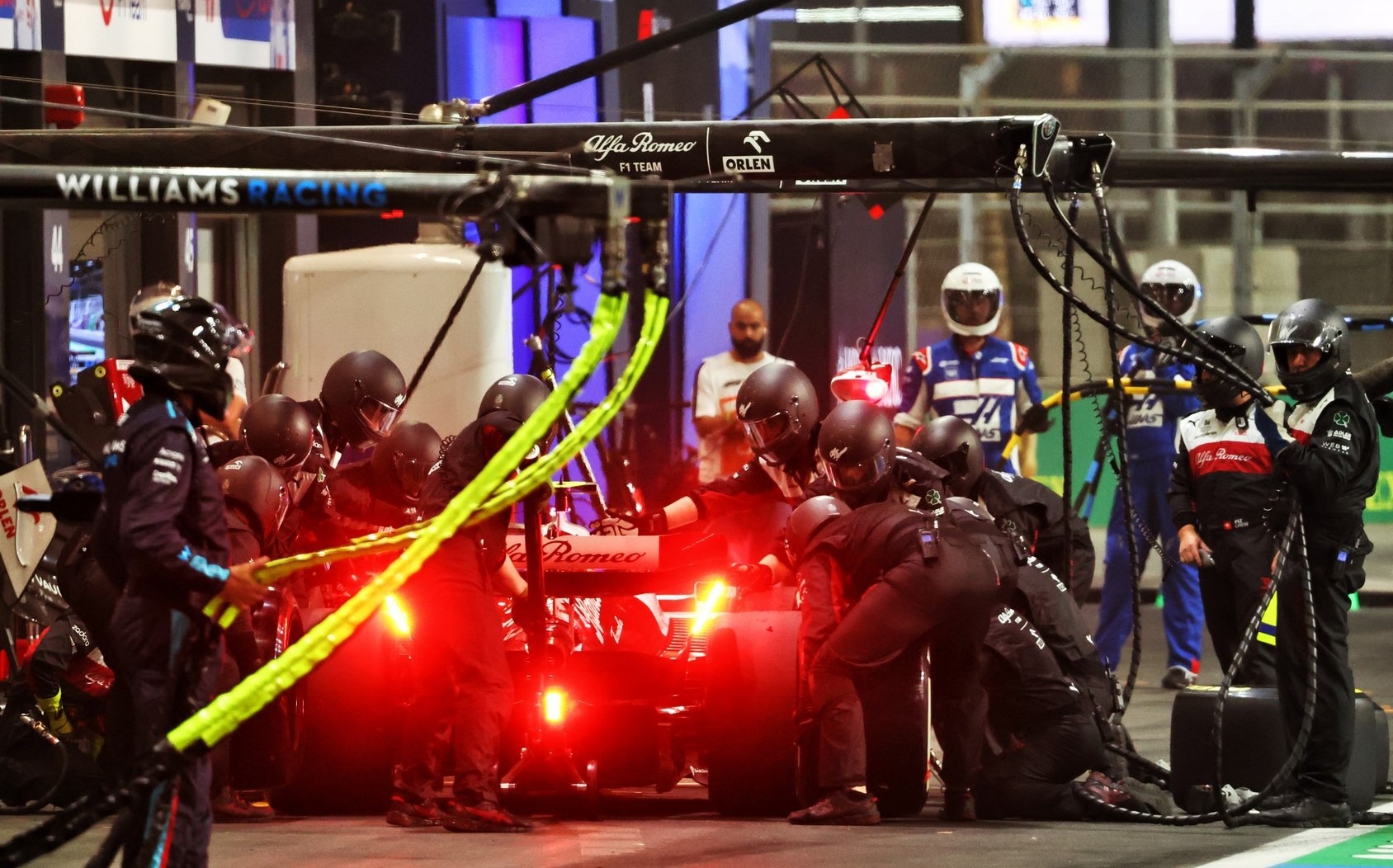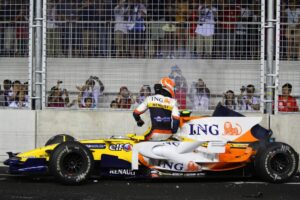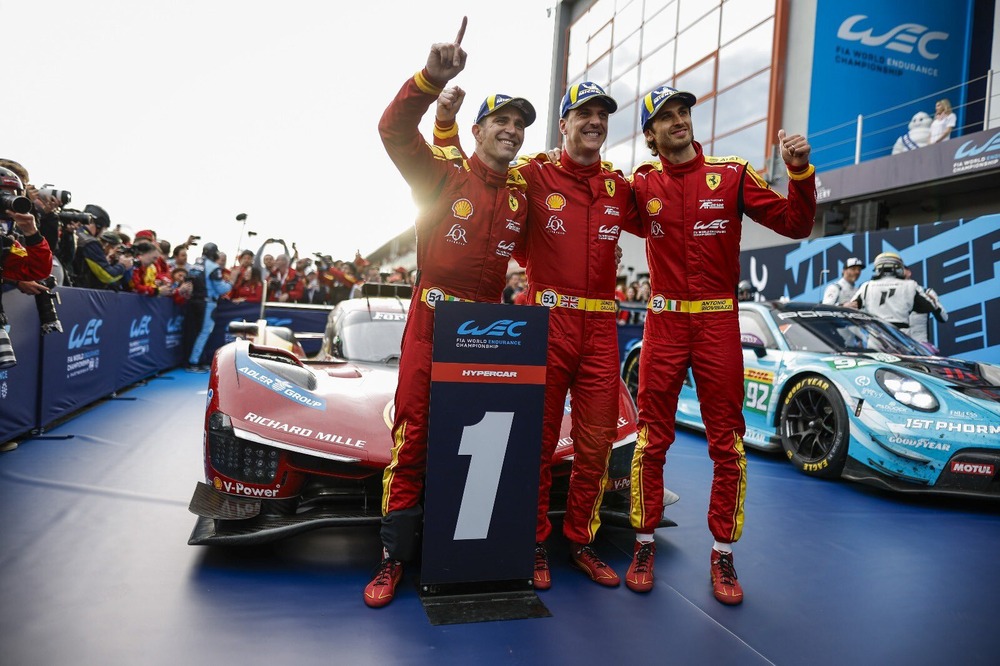The survival cell and power unit were the only important pieces not written off in Mick Schumacher’s $1 million Saudi Arabian Grand Prix qualifying crash, according to Haas F1.
When Schumacher lost control of his VF-22 at the exit of Turn 10 in Jeddah, the car spun around and smashed into the concrete wall on the outside of Turn 11.
It then drifted down the track before colliding with the circuit’s barriers on the other side, ultimately coming to a halt at Turn 12.
While Schumacher was unharmed in the crash and was released from the hospital later that evening after precautionary examinations, his car did not.
Haas was fully aware that the damage cost would be hefty, with all four corners affected and the gearbox falling out when it was dragged away by marshals. Following a thorough examination of the car in the Haas garage, it was discovered that nearly nothing had survived intact.
“The chassis itself doesn’t seem to be broken,” Haas F1 team principal, Guenther Steiner said. “The side infrastructure yes, but you can change them.”
“Obviously we need to do a proper check on the chassis but it looks like it is not too bad to be honest.”
“The engine also, I was told from Ferrari, seems to be okay. The battery pack as well. But then all the rest is broken!”
When asked how much the damage cost may be, Steiner said it might be as much as $1 million.
“I think the cost is pretty high because all the suspension is gone: except the front left. I think there is still something on there,” he added.
“The rest is just carbon powder.”
“I don’t know money-wise but, between gearbox, the whole bodywork is gone, radiators are gone… $500,000 to $1 million I would say.”
Due to the tight budget cap in Formula 1 this year, Steiner claimed that teams have had to set aside an approximate estimate of damage costs. So, while Schumacher’s collision hasn’t had much of an impact, a series of similar incidents might be more problematic.
“There’s a nominal amount [set aside], but in a racing team, you never can stick to your budget like in a normal commercial business, because you have this risk,” he said.
“You have got obviously a contingency there. But if you have two or three like this: pretty quick your contingency is not there anymore.”
“It’s a loss. So you just need to manage. Obviously, I hope we don’t have a lot more of them.”
















